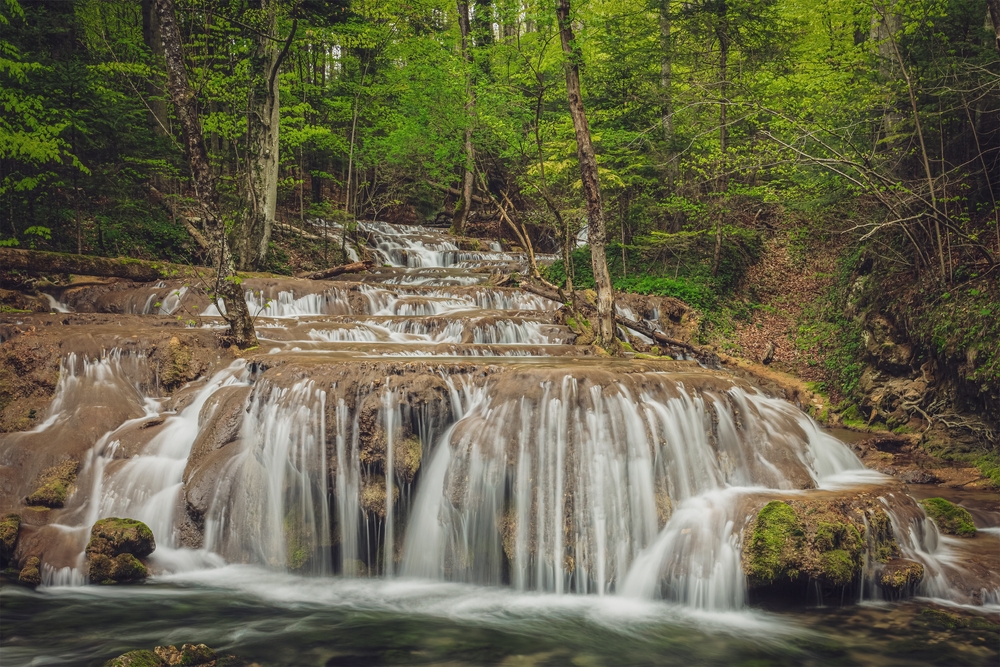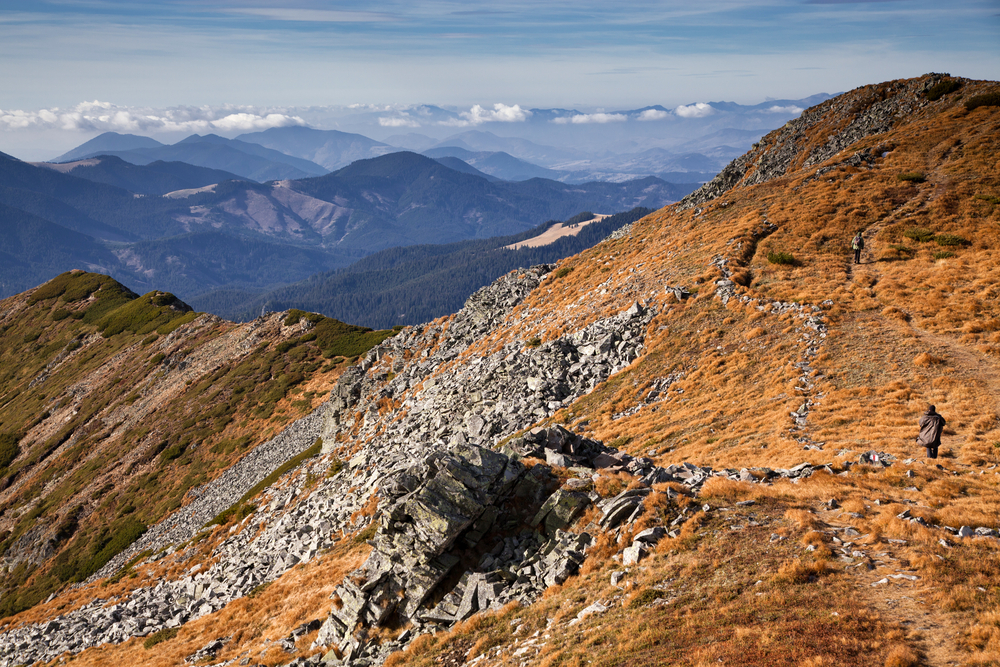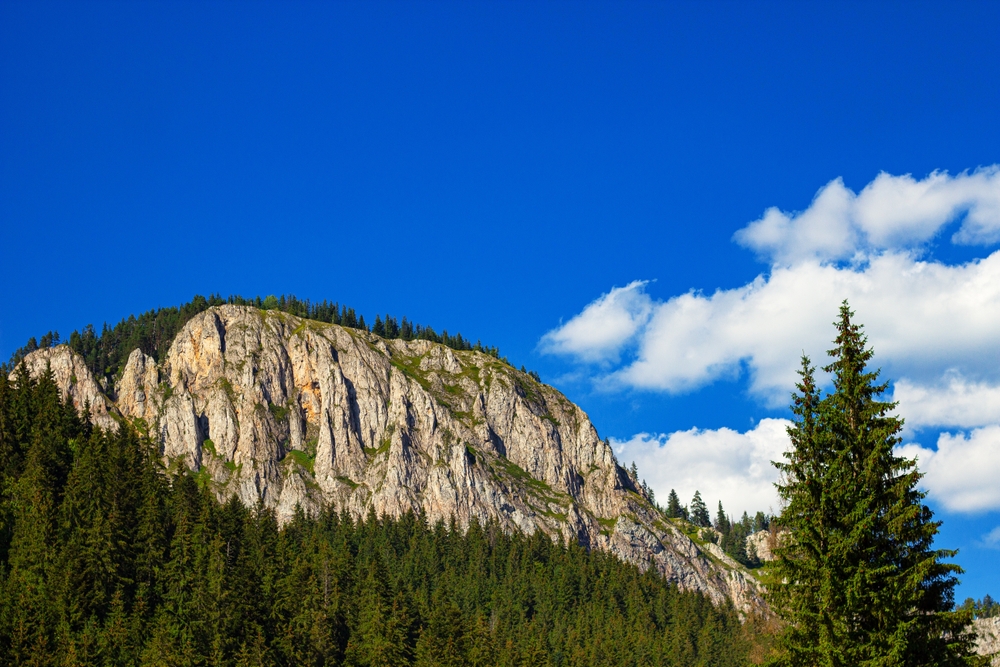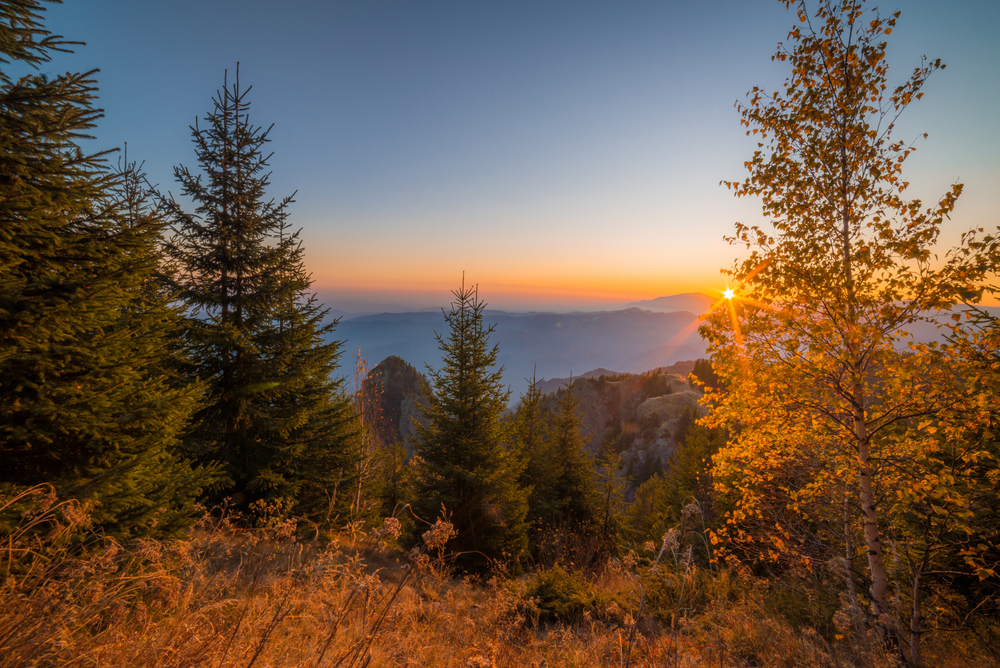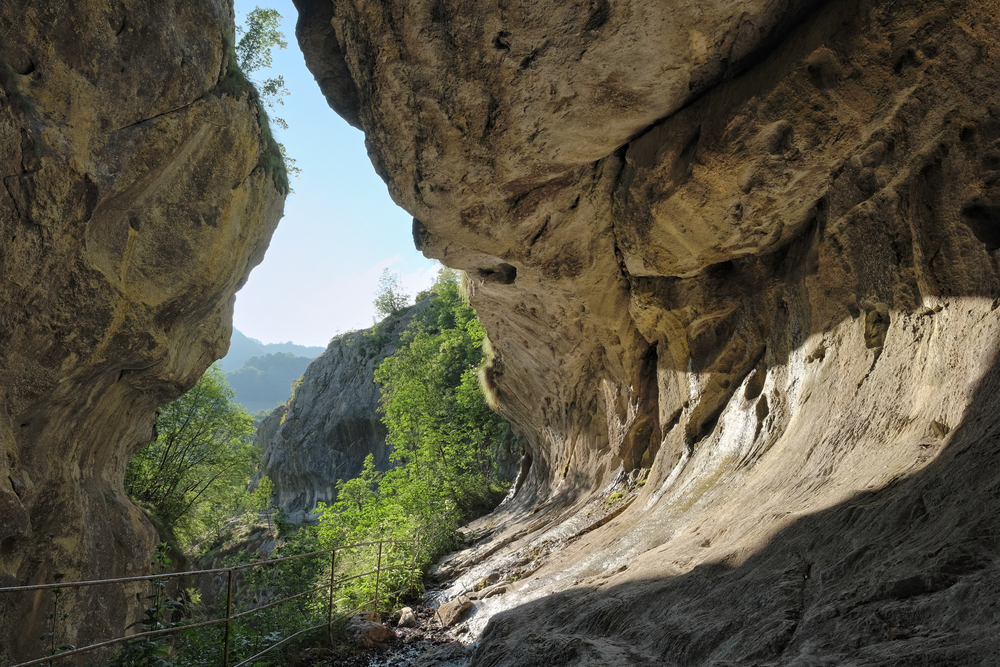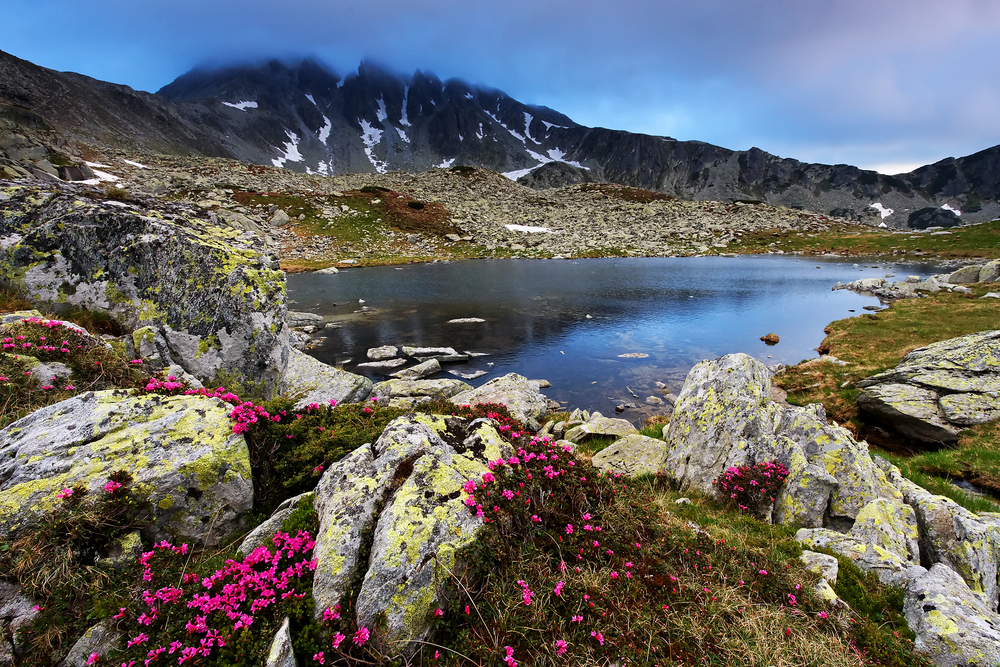In addition to its diverse mammalian and reptilian fauna, Nera Gorge-Beușnița National Park is a haven for bird enthusiasts, hosting a variety of notable avian species.
Golden Eagle (Aquila chrysaetos)
A majestic bird of prey, the golden eagle soars high above the park’s landscapes. With a wingspan reaching over two meters, it hunts mammals and birds, showcasing impressive aerial agility.
Lesser Spotted Eagle (Aquila pomarina)
This medium-sized eagle favors mixed forests and open areas within the park. It feeds on small mammals, amphibians, and insects, often seen gliding gracefully in search of prey.
Common Kingfisher (Alcedo atthis)
Recognizable by its vibrant blue and orange plumage, the common kingfisher frequents the park’s waterways. It hunts fish by diving from perches, requiring clean, clear waters for successful foraging.
Eurasian Eagle-Owl (Bubo bubo)
One of the world’s largest owls, the Eurasian eagle-owl has striking orange eyes and prominent ear tufts. Nocturnal by nature, it preys on a variety of animals, from small mammals to other birds.
Short-toed Snake Eagle (Circaetus gallicus)
Specializing in hunting reptiles, particularly snakes, this eagle is often seen soaring over open areas of the park. It has a distinctive pale underside and piercing yellow eyes.
Red-breasted Flycatcher (Ficedula parva)
A small passerine bird, the red-breasted flycatcher is noted for the male’s orange-red throat patch during the breeding season. It inhabits deciduous forests, feeding on insects caught in flight.
European Honey Buzzard (Pernis apivorus)
Despite its name, this raptor primarily feeds on the larvae of wasps and bees. It can be identified by its long tail and subtle plumage differences from other buzzards.
Grey-headed Woodpecker (Picus canus)
This woodpecker species favors mature forests, where it thrives among deciduous and mixed woodlands. Unlike its more drumming relatives, the Grey-headed Woodpecker is known for its softer tapping and distinctive, flute-like calls. It primarily feeds on ants and other insects, using its strong bill to probe into tree bark and fallen logs.








































































